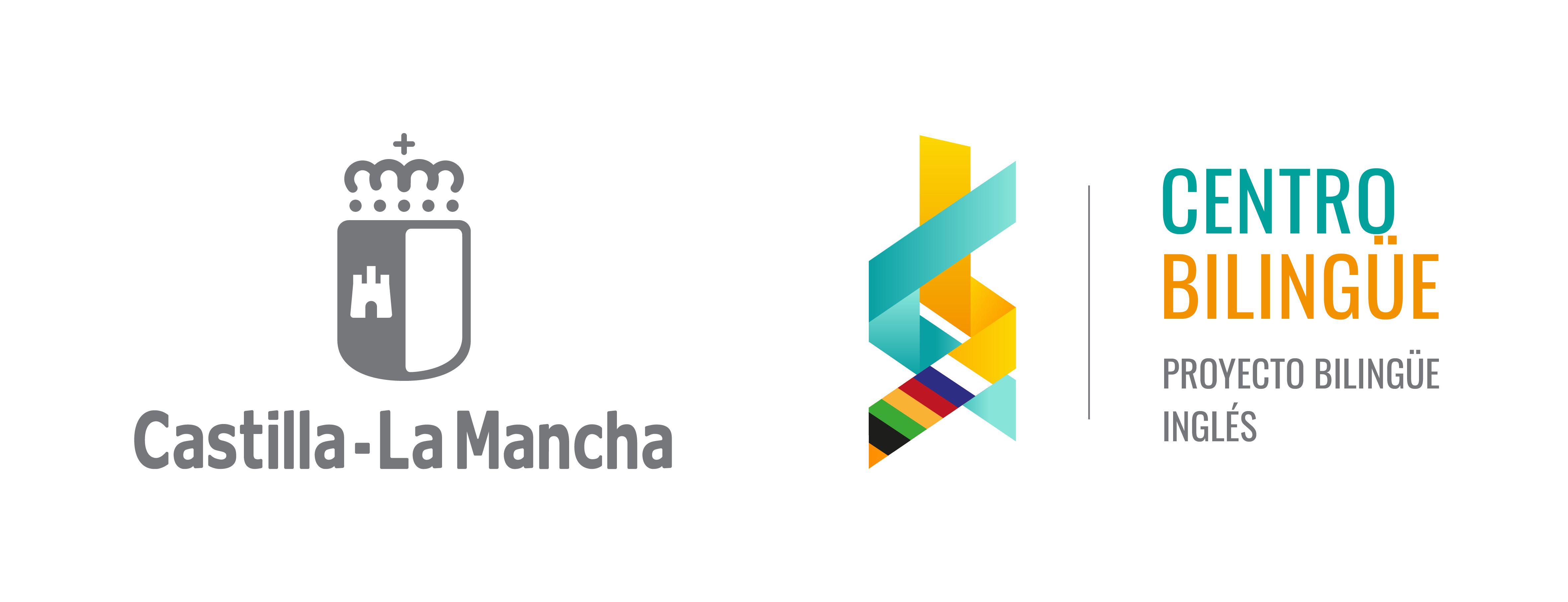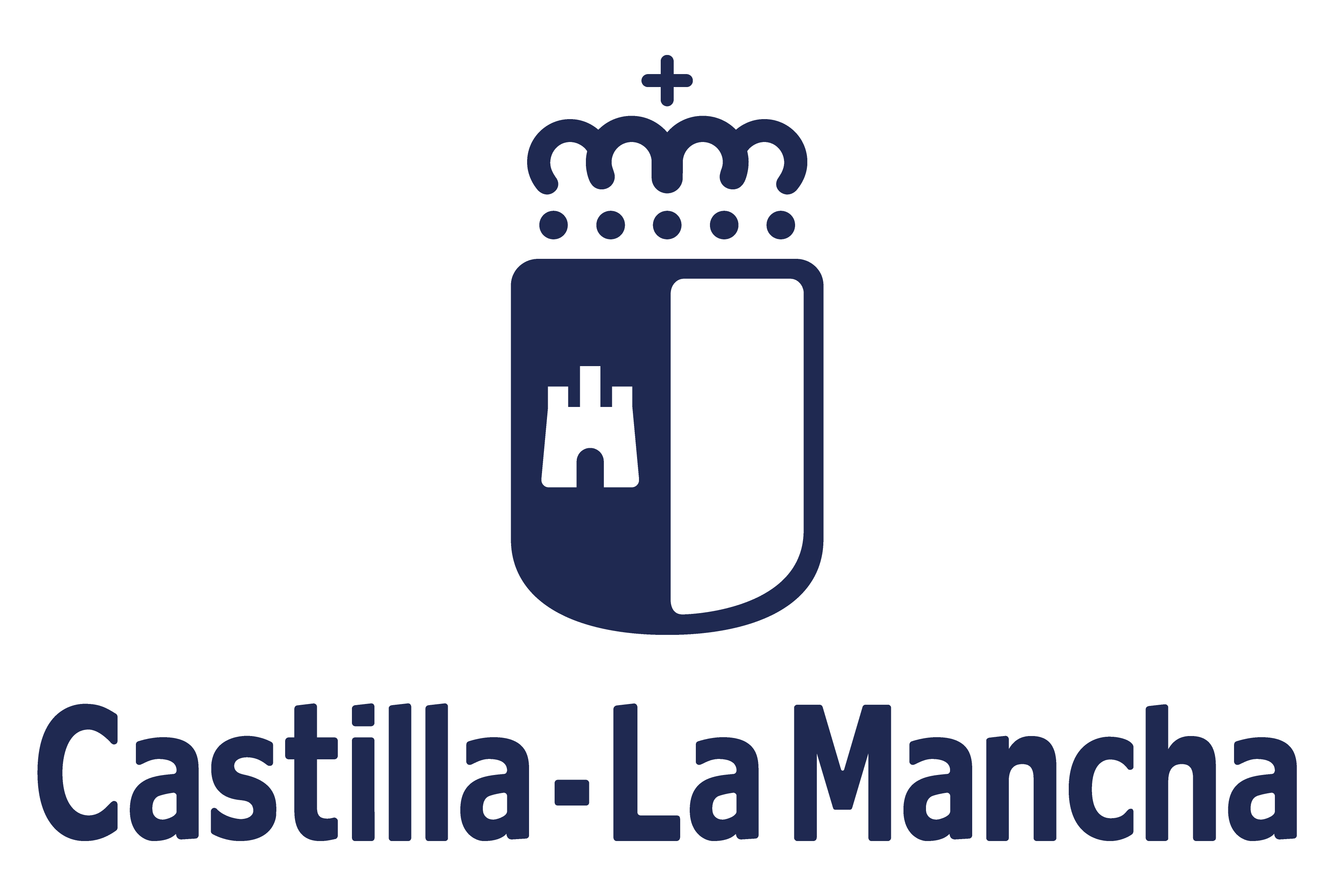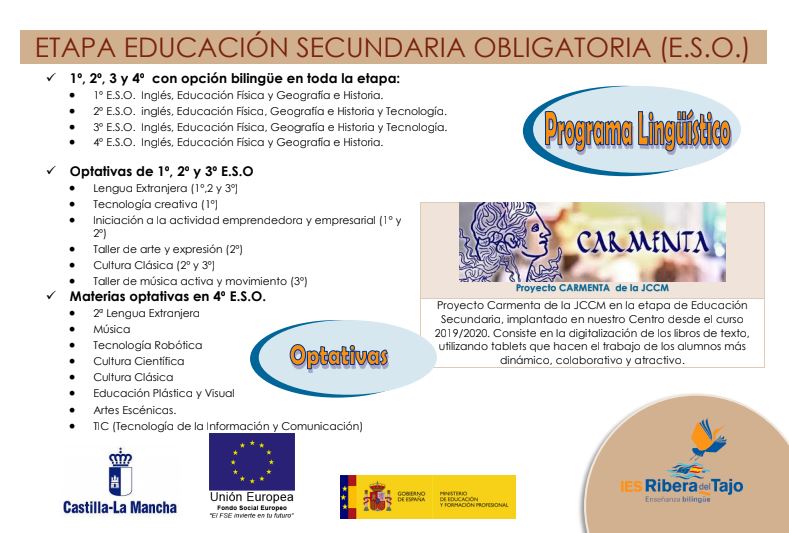Partnership
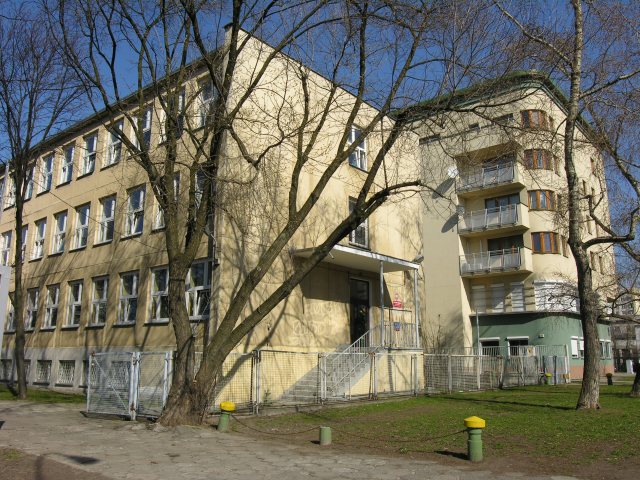
Our partner in Warsaw is Lyceum Ogólnokształcące nr XLII im. Marii Konopnickiej.
Official website: https://lokonopnicka.edupage.org/
Warsaw is the capital and largest city of Poland. It stands on the Vistula River in east-central Poland, roughly 260 kilometres from the Baltic Sea and 300 kilometres from the Carpathian Mountains. Today Warsaw is considered an "Alpha–" global city, a major international tourist destination and a significant cultural, political and economic hub.

Culture
Warsaw has the largest cultural budget in the country, and there is more going on in 2011 than ever before. The City is working hard to be awarded the European Capital of Culture 2016 title. Warsaw has been shortlisted alongside Katowice, Lublin, Gdansk and Wroclaw and the winner will be announced in late June. Though Krakow may be considered Poland's "cultural capital," Warsaw has actually often eclipsed its southern relative in the arts. Now, after a challenging twentieth century, Warsaw is back and more vibrant than ever! Festivals, cultural institutes, museums, galleries, theatres, all that you can handle...

Warsaw has a rich cultural tradition and is famous for its nightlife. You can see a performance at the Warsaw Philharmonic for 10 dollars or a band at Powiekszenia for 3 dollars. Warsaw also has numerous free events including the Night of the Museums in May when all museums are open 24 hours and entrance is free.
Internationally renowned events include Warsaw Summer Jazz Days, the Warsaw Film Festival and the Beethoven Festival.
Popular tourist attractions
People that are interested in Polish history, old and different architecture should definitely visit The Royal Castle. Due to its iconic appearance and its long history, is one of Warsaw's most recognizable landmarks.
This huge clock tower of 60 m in height designed in the sixteenth century, has always been a symbol of the Polish capital and source of inspiration for the architects of other buildings in Warsaw. Nowadays, the Castle serves as the Museum and is subordinated to the Ministry of Culture and National Heritage. Many official visits and state meetings are also held in the Royal Castle.

If you love nature, long walks or just relax in a peaceful atmosphere, then Łazienki Park is a perfect place for you. It is the largest park in Warsaw, Poland, occupying 76 hectares of the city center. Łazienki performs a variety of functions: it is a museum, a place of cultural, scientific and entertainment events, and a favourite place for walks. It is also an important place for music lovers. For 50 years, at the foot of the world's most famous monument of Fryderyk Chopin, on Saturdays and Sundays during the summer, free piano concerts have been held, gathering crowds of tourists and music lovers.

More information: http://warsawtour.pl/en/tourist-attractions/azienki-kr-lewskie-museum-muzeum-azienki-kr-lewskie-3347.html
The most popular museum in the capital of Poland is Warsaw Uprising Museum.
Packed with interactive displays, photographs, video footage and miscellaneous exhibits it’s a museum that’s guaranteed to leave a mark on all visitors. Occupying a former tram power station the 2,000m2 space is split over several levels, leading visitors through the chronological story of the Uprising.
Start off by learning about life under Nazi rule, your tour accompanied by the background rattle of machine guns, dive bombers and a thumping heartbeat. Different halls focus on the many aspects of the Uprising; walk through a replica radio station, or a covert printing press.
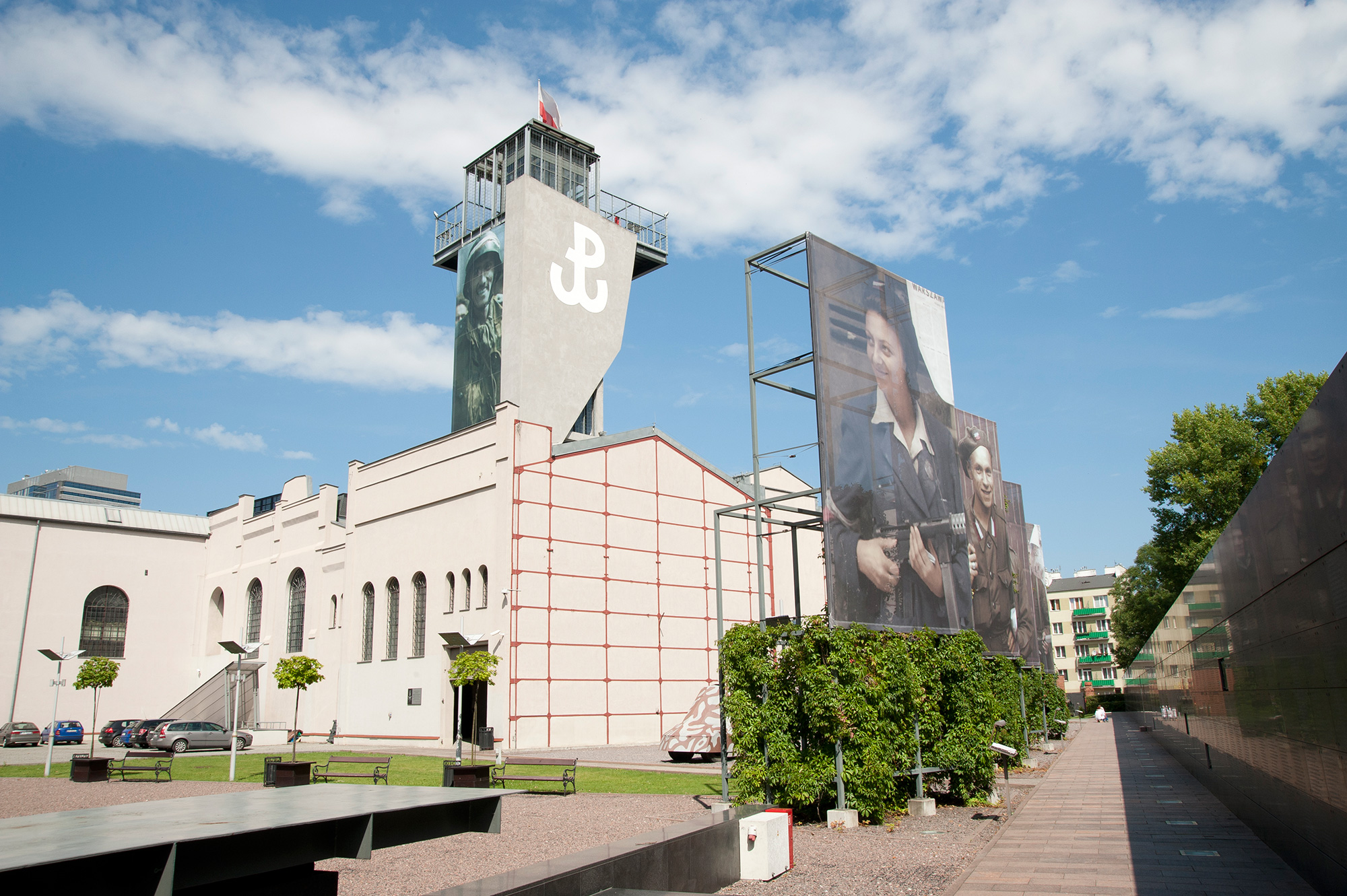
And of course, the tallest high-rise building in Warsaw, Palace of Culture and Science is seat of various companies, public institutions, such as cinemas, theaters, libraries, sports clubs, universities, scientific institutions and authorities of the Polish Academy of Sciences.
The Palace contains a multiplex cinema with eight screens, four theaters, two museums (Museum of Evolution and Museum of Technology), offices, bookshops, a large swimming pool, an auditorium hall for 3000 people called Congress Hall, and an accredited university, Collegium Civitas. The terrace on the 30th floor, at 114 metres, is a well-known tourist attraction with a panoramic view of the city.
The Congress Hall held the finals of Miss World 2006.

People
People of Warsaw are friendly but the most important aspect about them is their level of hospitality. Even on the first visit do not be surprised to be offered by your host a pair of slippers for your comfort.
If you are invited for dinner, better go on an empty stomach because otherwise you will find it difficult to feast on a generous helping of soup with noodles, pork cutlet with cabbage and potatoes, topped with a cheesecake and washed with a bottle of home distilled flavored liquor.
If you travel on public transport, be prepared for a display of old fashioned courtesy: young people give up their places to the elderly, while gentlemen make way for ladies.
The Polish character is a mixture of hospitality, light-heartedness, noble tradition and a frequently unjustified sense of inferiority. Poles, particularly the young, have an ever increasing desire to acquire knowledge, and they certainly place great emphasis on education.
Polish people love to talk about themselves, about their family, about their dreams, and about... Poland. But at the same time they are always ready to listen. If there is also a well-laden table and fine company, a Pole will be in his element, infecting others with his inherent optimism and eternal hope that, even if things are not too good at the moment, someday they undoubtedly will be.
Interesting:
Polish love to sing “Sto Lat” (“One Hundred Years”) at nearly every celebration.

Whether it's your birthday, your wedding or anniversary, you can bet Poles will wish you "Sto Lat!" (This is often immediately followed by a song encouraging everyone to drink.)
Food
Polish cuisine is a style of cooking and food preparation originating in or widely popular in Poland. Polish cuisine has evolved over the centuries to become very eclectic due to Poland's history. Polish cuisine shares many similarities with other Slavic countries, especially Czech, Slovak, Belarusian, Ukrainian and Russian cuisines.
The main Polish dishes are bigos (stew), pierogi (dumplings), kiełbasa (sausage), kotlet schabowy (type of breaded cutlet), gołąbki (type of cabbage roll), (type of roulade), roast, sour cucumber soup, mushroom soup, tomato soup, rosół (variety of meat broth), żurek (sour rye soup), flaki (variety of tripe soup), and barszcz (beetroot soup). All of them and even more, you can try in many different traditional restaurants in Warsaw.
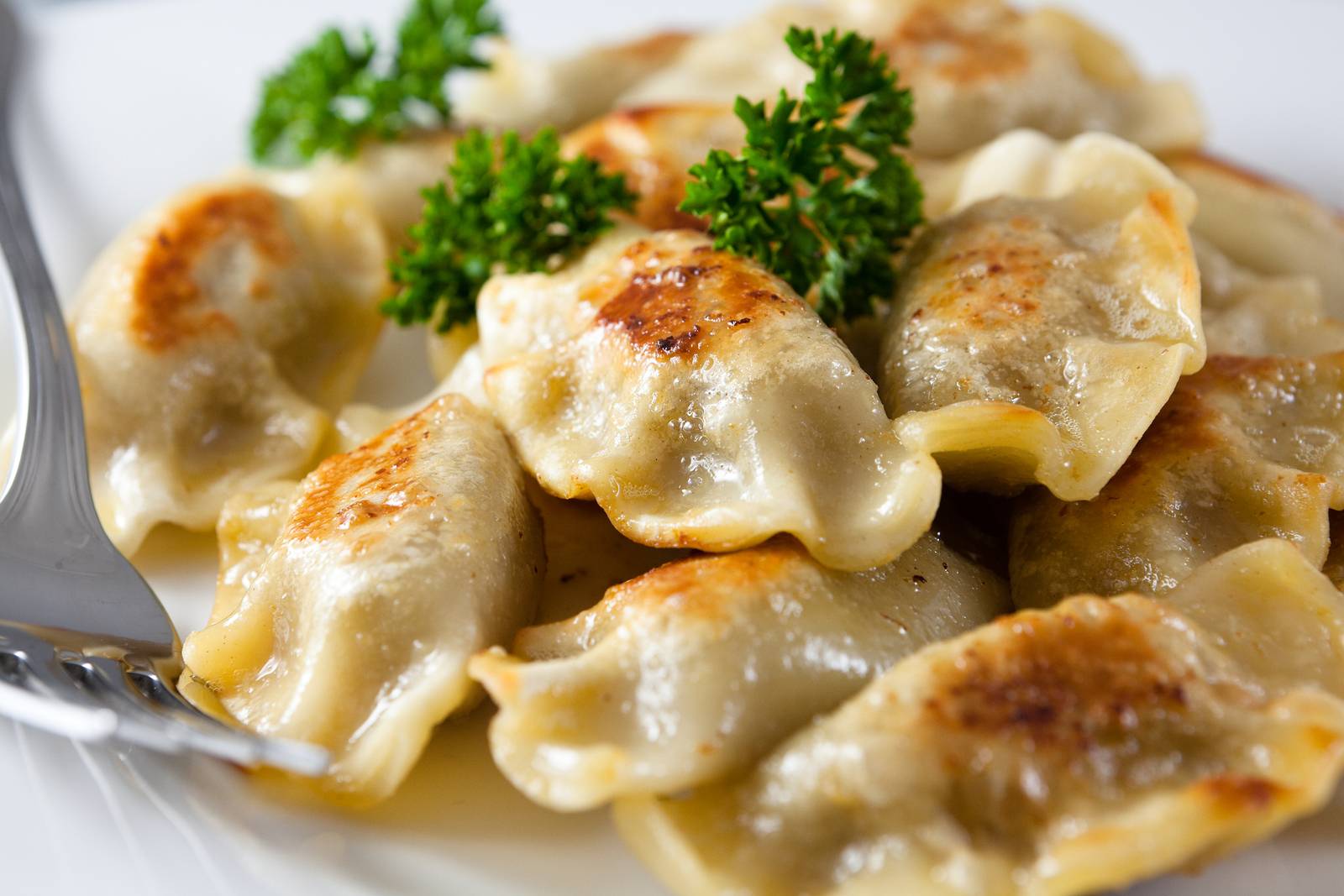
Above you can see picture of traditional Polish pierogi (dumplings).
Despite Polish traditional cuisine, there are a lot a lot of different restaurants: from traditional Polish, to popular Chinese restaurants, Mexican and Italian restaurants, fast food restaurants are also popular in Warsaw.

